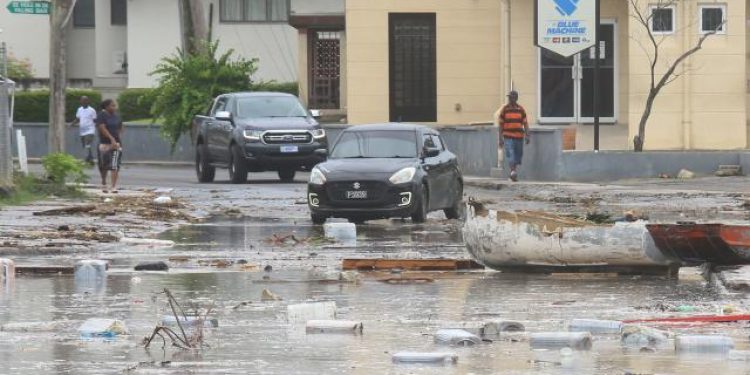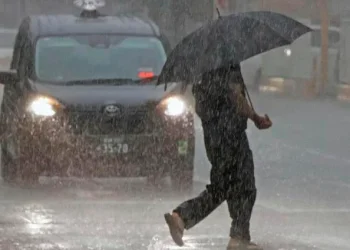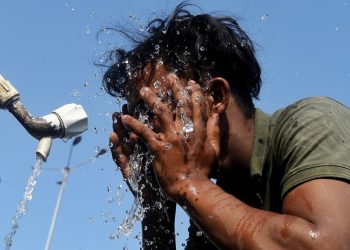Late on Monday, July 1, Hurricane Beryl intensified into a Category 5 storm, tearing off roofs, windows, and doors from homes throughout the Southeast Caribbean. According to an Associated Press story, Beryl became the first Category 4 storm to make landfall in the Atlantic when it made landfall on the island of Carriacou in Grenada.
The National Hurricane Center in Miami reported that the winds picked up to 260 km/h later in the day.
Prime Minister Dickon Mitchell reported that one individual perished in the incident. Because officials had not been able to examine the situation on the islands of Carriacou and Petite Martinique, Prime Minister Mitchell was unable to clarify at this time whether there had been any additional casualties.
“We really hope that there aren’t any more injuries or fatalities. But keep in mind the difficulties we face in Petite Martinique and Carriacou,” he continued.
According to the Associated Press account, there was a lot of debris, including downed power wires, shoes, and trees, all across the streets from St. Lucia Island south to Granda. Half-baked banana trees and lifeless cows rested in verdant meadows, with tin and plywood dwellings tipped precariously close by.
By late Monday, Beryl was still sweeping the southeast Caribbean. By late Thursday, it had strengthened into a Category 1 hurricane and was moving into the Caribbean Sea, just south of Jamaica and into the Yucatan Peninsula in Mexico.
At 33 kilometers per hour, Hurricane Beryl was traveling west-northwest at a distance of approximately 825 kilometers east-southeast from Isla Beata in the Dominican Republic. There was a tropical storm warning for the southern coast of Hispaniola and a hurricane alert for Jamaica.
Twenty years ago, Hurricane Ivan devastated the southeast Caribbean, killing hundreds of people in Grenada.











